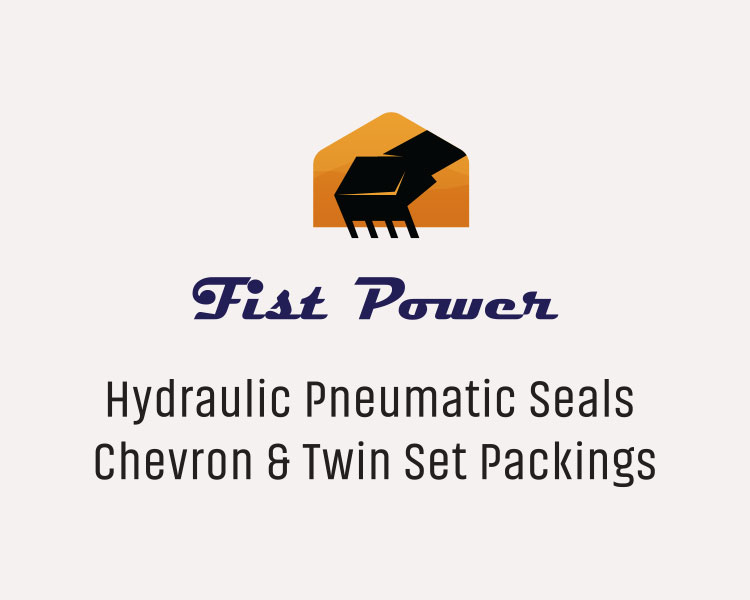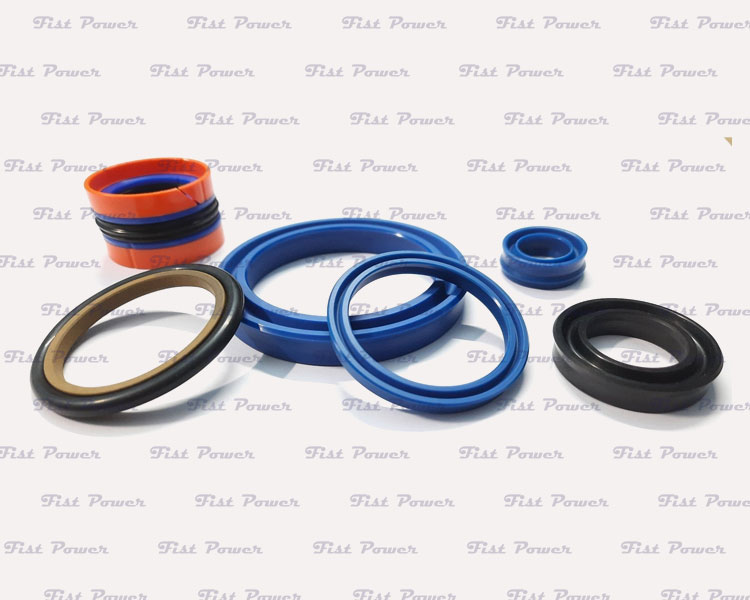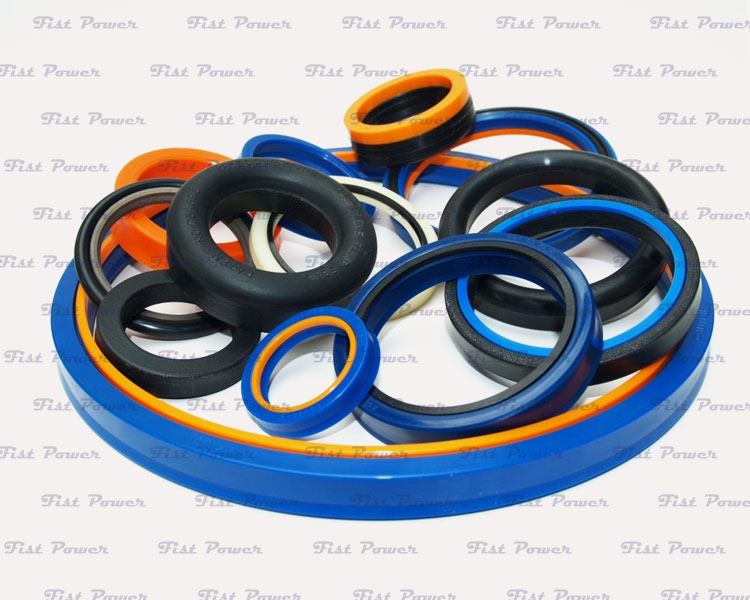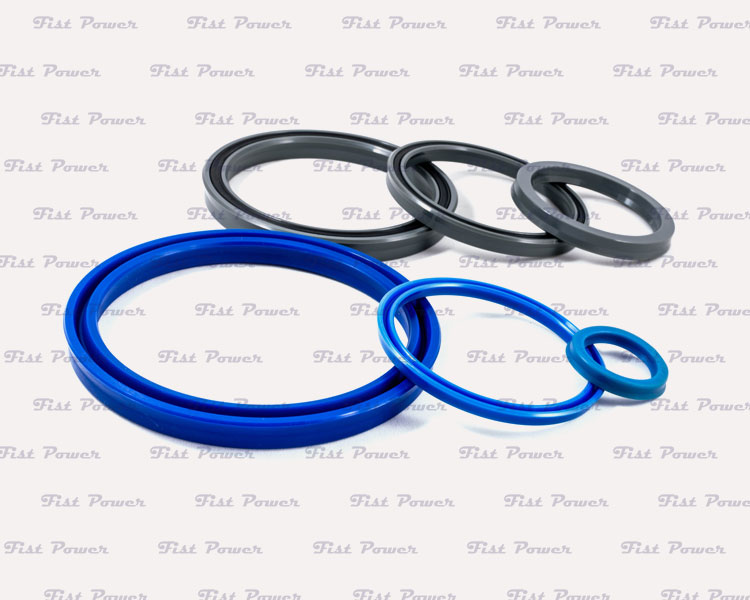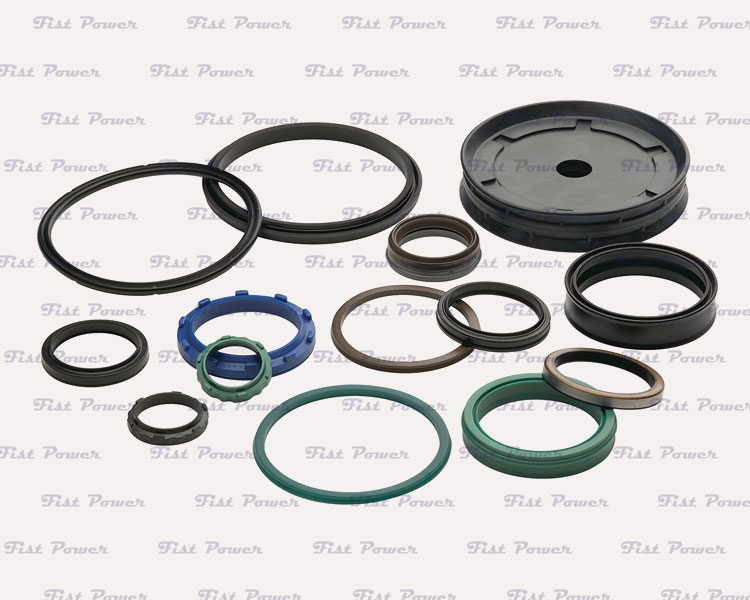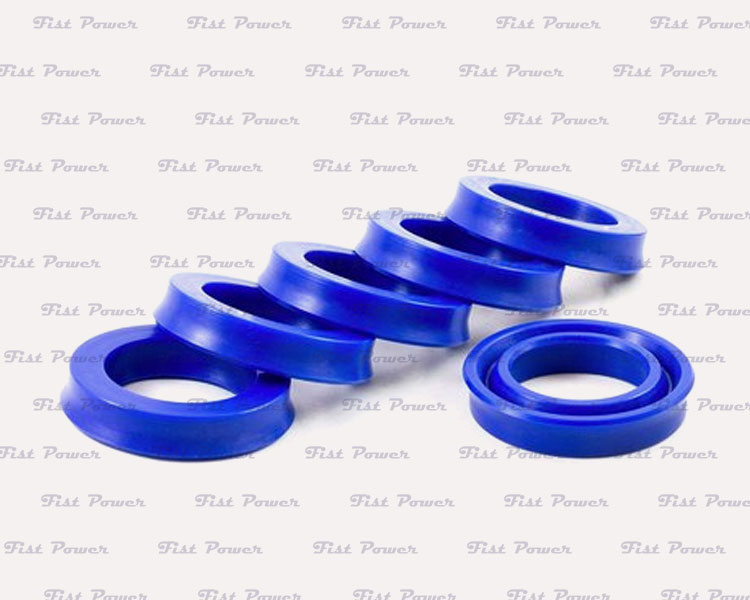Fist Power

Hydraulic and pneumatic seals are sealing components used for applications with rotary or reciprocating motions, they are commonly found in cylinders. Hydraulics is liquid and pneumatics is gas. And the main difference between these two is, Hydraulic systems use liquids like water and oil to transmit power.
Hydraulic seals are gasket-like rings that are designed to seal areas between the components in a hydraulic cylinder. Hydraulic cylinders contain many different components, some of which are exposed to the fluid. To prevent fluid from leaking around these components, hydraulic seals are used.
With internal pneumatic seals, a housing bore surrounds the seal and the sealing lip touches the shaft. This seal requires very little lubricant. With external piston pneumatic seals, the seal surrounds a shaft and the sealing lip touches the housing bore. This system requires more lubrication.
The most commonly used material is acrylonitrile or nitrile butadiene rubber (NBR). Relatively inexpensive, NBR exhibits excellent resistance to petroleum-based hydraulic fluids for the temperature range -50°C to 120°C (-60°F to 250°F), but is not resistant to weathering.
Each individual lip of Chevron packing set independently reacts to pressure and automatically effect a seal. The multiple lip configurations automatically distribute pressure and effectively seal along the shaft. The seal is a combination of a Gland Ring, center V-Ring & pressure ring or header.
CHEVRON Packing is design for sealing rods, pistons and plungers in hydraulic cylinders and hydraulic presses. Extremely suitable for medium duty to heavy duty application. CHEVRON seal accepts low & high pressure, vigorous conditions & also if any misalignment between sealing gaps.

